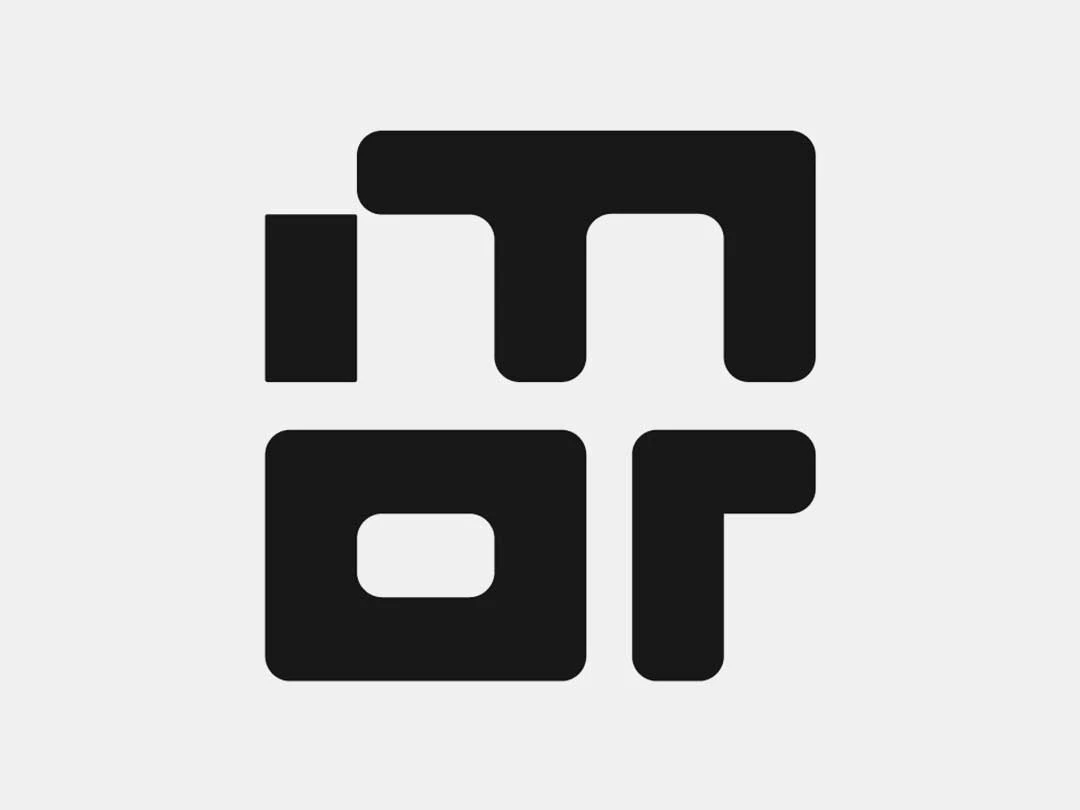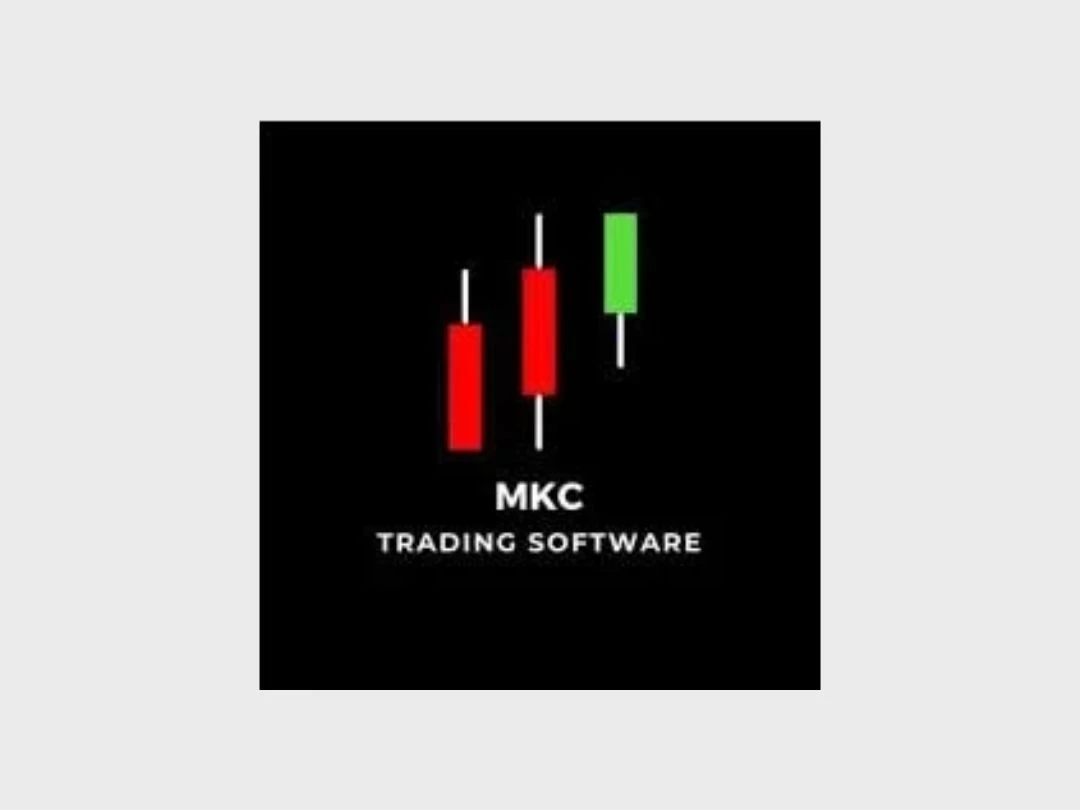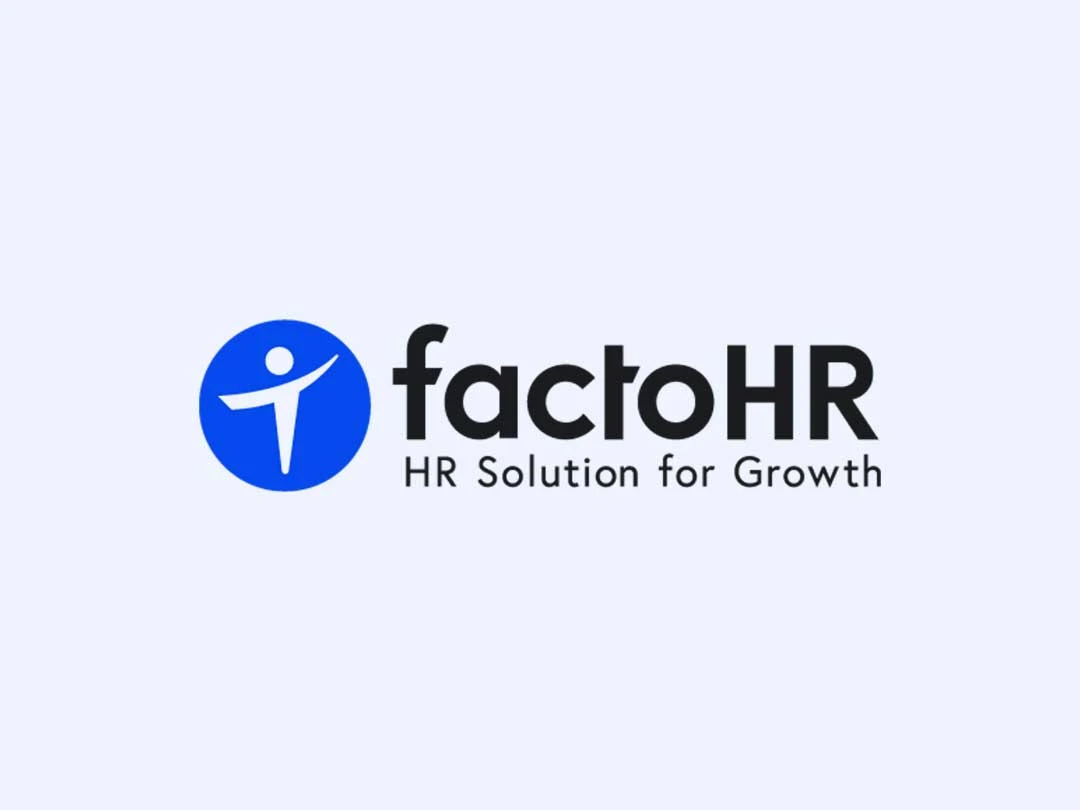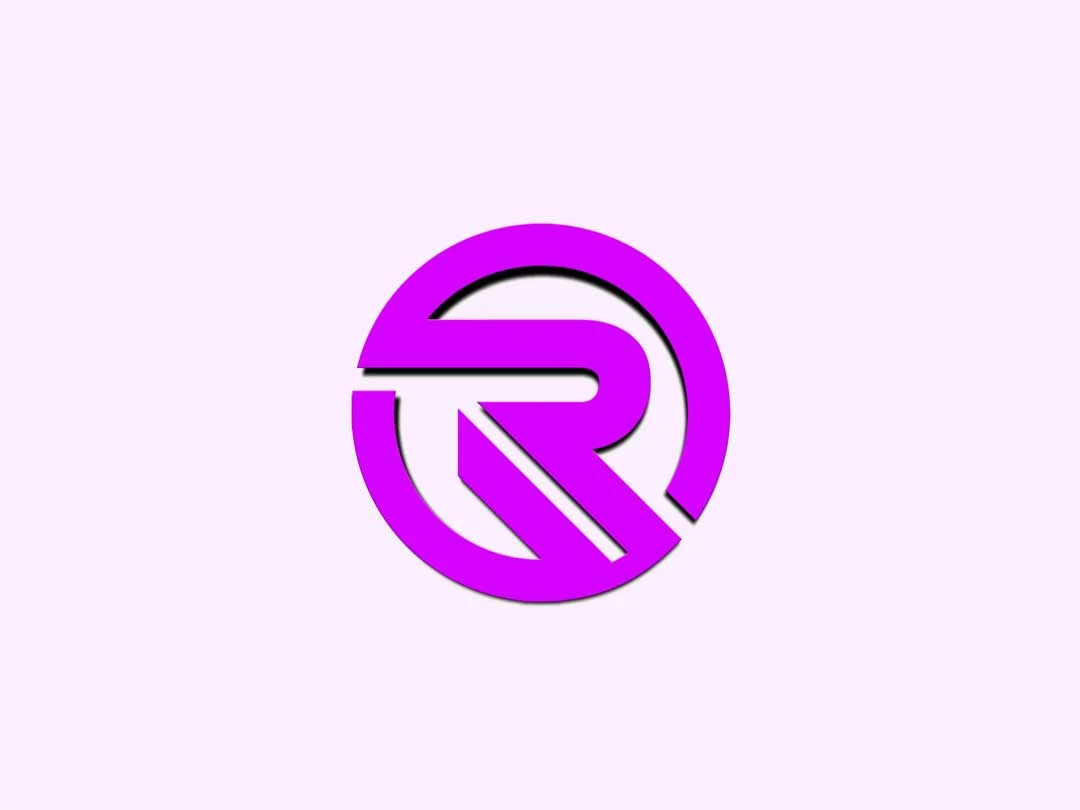How To Compare Software?
Thousands of software options exist for every category, each with different features and capabilities. Considering all the options and choosing the right one for your organisation can be daunting. To help you out, here is the list of essential factors to consider while comparing different software alternatives.
Before you start comparing different SaaS solutions, it's essential to identify your business needs and requirements.
The first and foremost step in any software selection process is identifying your business needs. You need to set different priority levels while choosing different types of software.
For example, when choosing CRM software, you need to consider the number of leads generated in a given period, the number of customers, and sales figures. With payroll software, your primary aim would be to track the attendance of every employee and process their salary accurately and on time.
Things To Consider While Comparing Software
In general, you need to consider these parameters of your business.
1. Industry Specific Needs
The software you choose must be capable of handling the specific industry you are in. Every industry has its own needs.
For example, a manufacturing business's accounting needs are mainly overhead tracking and accounting payable processing, while a service provider's accounting needs would be agile and tax compliant. For any business, it is always better to use customisable software solutions.
2. Team/Employee/Customer Count
Knowing the number of team members using the software is essential to choosing the best SaaS package.
Similarly, employee and customer count are essential factors to consider while choosing software because they will impact the features and scalability of the software. For example, software that supports only 100 customer/employee records would not be fit for growing business.
3. Technical Feasibility
It would be best to ensure that the software you choose is technically feasible for your business. You must assess the technical knowledge of your teams using the software. Also, you must consider integrating your current system with the new software.
4. Growth of the Company
It would help if you had some idea about the future growth of your company when choosing any software. If you plan to expand your customer base or employee count, you must ensure that your chosen software plan can handle that growth.
Choosing a scalable package or software that offers different subscription plans for future growth is always a good idea.
5. Organisational Values
You need to ensure that the software you plan to use aligns with your company's organisational values. For example, if you are a company that focuses on customer privacy, you must stay away from software that sells customer data to third parties.
These are some of the essential factors to consider while comparing different software. Depending on your business needs, you can choose the most suitable software for your company.
6. Budget
This is one of the most critical deciding factors when choosing any software for your business. You must ensure that the software you choose fits your budget and offers a good return on investment.
You can also study your competitors and consult professionals to allocate the amount for purchase.
Factors To Consider While Software Comparision
There could be various things you need to consider during software comparison depending on the type and category of the software. Here are some of the most important ones:
1. Industry Specialisation
Every industry has specific needs and challenges that can only be addressed by specialised software. While comparing software, give preference to the one that serves the needs of your industry-specific needs.
2. Features
There could be an n number of features in every software. And a side-by-side comparison of all the possible options is impossible. However, every software has its distinguishing feature that you must compare.
Some of the features that a business must consider while comparing different software choices are:
- Analytics and Reporting: The software should have a reporting and analytics feature. This will help generate various reports related to your customers, sales, marketing, and employees.
- Data Backup: The software should be capable of regularly backing up data to protect your information against any loss. The automated, off-site backup location could be considered a plus point.
- Role-Based Access: The software should have a role-based access feature so that your employees can only access the necessary features. This will help you in protecting your data from any unauthorised access.
- Security: The software should have security features like data encryption, two-factor authentication, etc., to protect your data from any security threats. It becomes even more critical when you are choosing SaaS.
- Offline First: The software with an offline first feature comes in handy when there is no internet connectivity or a power outage.
- Integration and API: The software you choose should have an easy-to-use API that will allow you to integrate the software with other software or third-party tools. This will help you in automating various tasks and processes.
3. Deployment
Consider the deployment model of the software while comparing it with other software. The most common deployment models are:
- On-Premises: The software is installed and deployed on the organisation's premises in this model. The organisation is responsible for the maintenance and upkeep of the software. Suitable for large entities, entities with centralised operations, and organisations that prioritise data security.
- Cloud-Based: In this model, the software is deployed on the cloud and can be accessed by users anywhere. The organisation does not have to worry about the maintenance and upkeep of the software. This software deployment is good for small and medium-sized organisations that want to save on infrastructure costs and businesses with decentralised operations.
- Hybrid: The software is deployed both on-premises and cloud in this model. This model is good for growing organisations with multiple branches and centralised reporting but decentralised operations. However, consider that Hybrid software is offline first and offers real-time syncing.
4. Devices Supported
While choosing on-premises software, you need to ensure that the software supports the operating system that you are using in your organisation. Software that has a smartphone app has the upper hand over those who don't have one.
5. Pricing Comparison
Pricing is the primary deciding factor when choosing any software. However, comparing what you need to pay isn't effective because every company has a different pricing model. Therefore, you should also compare the pricing model.
Different Software Pricing Models:
- Perpetual Licensing: You must pay a one-time fee for the software in this model. This model is best for organisations that want to use software for a long time and have the necessary resources for maintenance. Perpetual licensing is not preferred for all types of software. Only those programs that don't require regular updates or customer support could be considered.
- Subscription: You must pay a monthly or annual fee to use the software in this model. Best for growing organisations that want the flexibility to scale up or down according to their need. This is one of the most popular software pricing models.
- Pay As You Go: In this model, you need to pay for the resources you use. This model is best for organisations with fluctuating needs or businesses that are just starting. For example, many payroll software solutions charge per employee/per month. This means the company pays for the monthly payrolls they process. It's not the best choice for large organisations as it hampers the ROI growth of the business.
6. Customer Reviews
Checking customer reviews is an essential part of choosing any software. It provides you with a realistic view of the software. You must read reviews from neutral sources like Techjockey and other similar online software marketplaces. Here are a few things you should look for while reading customer reviews.
- Customer Service: Read reviews that mention the customer care provided by the software seller. The SaaS provider that has positive customer care must be preferred.
- Ease of Use: Check if the users say it's easy to use and intuitive. Customer point of view is critical to determine usability.
- Pros and Cons: Check both positive and negative reviews to get detailed information about the software. Look for the significant problems customers face and assess whether it's a deciding factor for you.
- Compare Ratings: Check ratings of the software on different software stores to get an overview of what others think about it. Compare the ratings on various parameters like features, pricing, customer service, etc. This will help you get a comprehensive view of the software.
7. Trial Available
Prefer the software vendor that gives a trial. This will help you understand the features and functioning of the software. Most software providers offer a free trial for a limited period. This will help you understand the software's capabilities and whether it suits your organisation.
How to Quickly Compare Different Software Options
Going through each software provider's website to learn about the features, pricing, deployment, etc., and comparing them side by side with multiple other software is cumbersome and ineffective. Besides, reviews posted on the official website are primarily biased and don't show you both sides of the story.
You can simultaneously use the Techjockey Comparison page for up to 3 software side-by-side comparisons. Techjockey has more than 20000+ software listed across 650+ categories, and all the reviews and ratings on Techjockey are from verified users only.














































































































































.png)





























